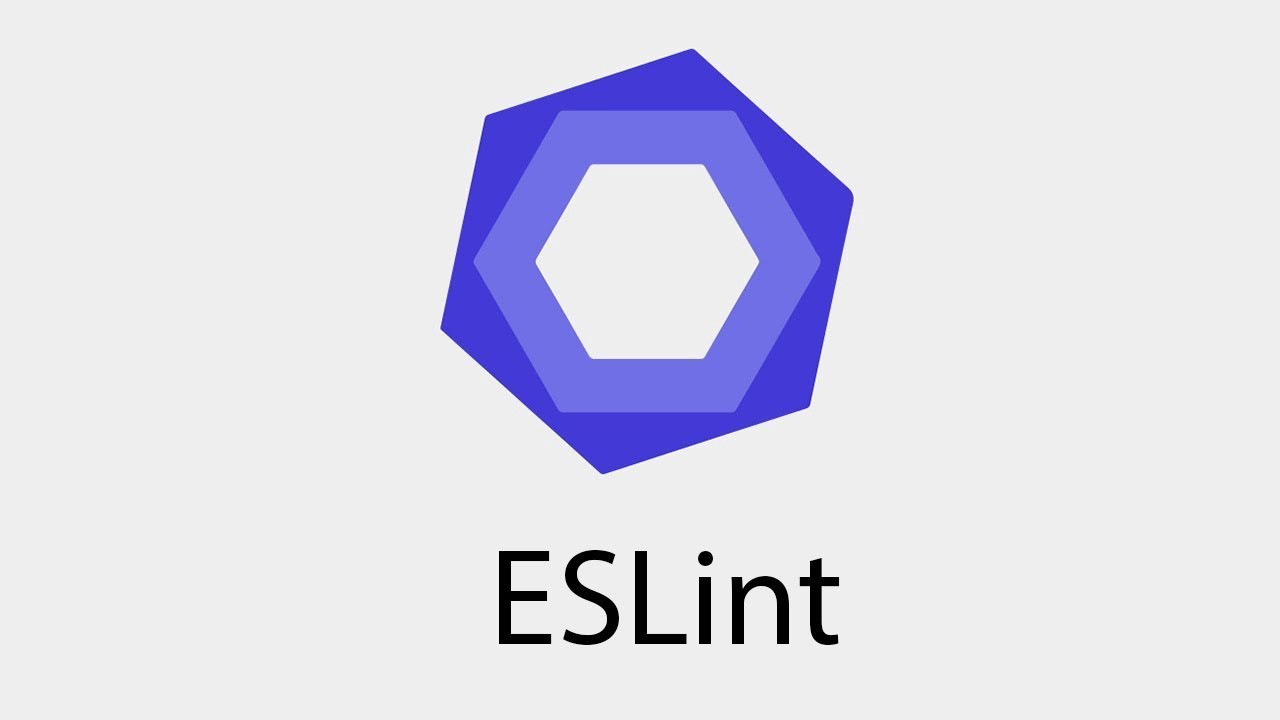Dotting The I’s and Crossing The T’s
20 Sep 2023

OCD or Detail Oriented?
The Myers-Briggs Type Indicator (MBTI) assessment has recently become one of the most popular personality assessment tests among young people. The MBTI divides people into 16 personality types, in which each is assigned psychological traits and a four-letter code. My MBTI is ISTJ and INTJ, in which I stand for introversion, S for sensing, N for intuition, T for thinking, and J for judging. Having both traits of sensing and being intuitive, I can be a realistic person who values focusing on facts and details but also focuses on probabilities and the big picture to seek both practical and creative solutions to problems. I love writing, but it bothers me when captions under figures are not centered, paragraphs are misaligned, and margins around a paper are not even. People might view me as being “OCD,” but being attentive to detail produces clean, consistent work that is both aesthetically pleasing and easier to read. Although a bit complicated, I see my personality trait as an advantage as it allows me to be detail-oriented while still being creative—a trait desirable for software engineers.
Practicing Good Habits
Ever since I was young, my mother was very strict in making sure I had legible handwriting, and as a result, I am often praised for my penmanship skills. Having legible handwriting saves not just others but even myself when reviewing notes or reading important information later on. I view coding from a similar perspective. Having inconsistencies in coding can make it very difficult for not just others but even yourself to understand what is going on. Having bad styling habits can be detrimental in the long run especially when it comes to debugging thousands of lines of code or doing code review.
IntelliJ is my favorite IDE because it’s very easy to navigate and customizable to your preferences. After using ESLint with IntelliJ, I learned that there are still areas for me to improve on in terms of coding style. I noticed that I tend to miss a space before a curly brace when writing functions and sometimes add an extra line between declarations. When I finished writing my first practice code in IntelliJ with ESLint, I was honestly surprised at how many errors I had. After going through each error and fixing them to match the coding standards, I saw how cleaner and aesthetically pleasing my code looked. Although I sometimes think that the errors it gives are redundant and tedious to fix, I like the green checkmark because it helps me practice good coding style habits.
Many people think that to become a good software engineer, one must have the knowledge and skills to apply techniques to write functional and practical code, however, I disagree. Although competency is indeed an essential part of being a software engineer, I believe that having good coding standards and being able to implement them is equally important. After all, software engineering is not a one-person job; software engineers often have to work with other engineers to optimize and improve code. Having a consistent, clean coding style makes the process of code reviews more efficient and thus leads to quick and effective outcomes. Just like building techniques, however, coding styles can only be developed through practice and the incorporation of ESLint will definitely help me polish my coding standards.